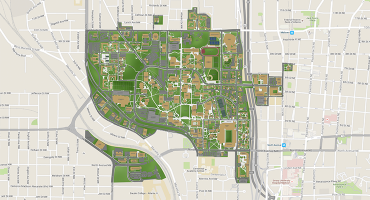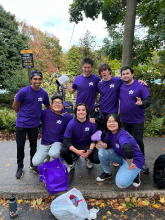
In Jeffrey Kramer's first year at Georgia Tech, he’s focused on his studies, joined three unique organizations, and learned what it means to be a Yellow Jacket.
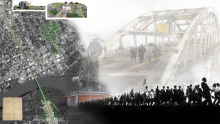
Students, faculty, and staff share work that brings together art, learning and research.
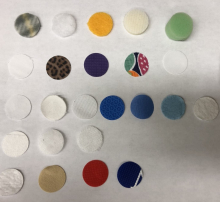
College of Sciences faculty research papers and student theses are spotlighted by the Georgia Tech chapter of Sigma Xi, the Scientific Research Society.
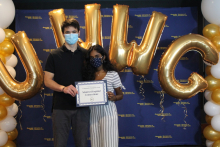
Ritika Chanda shares her experiences in challenging classes, undergraduate research, leadership roles in student organizations, an internship, and more at Georgia Tech.

